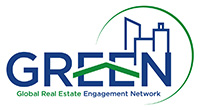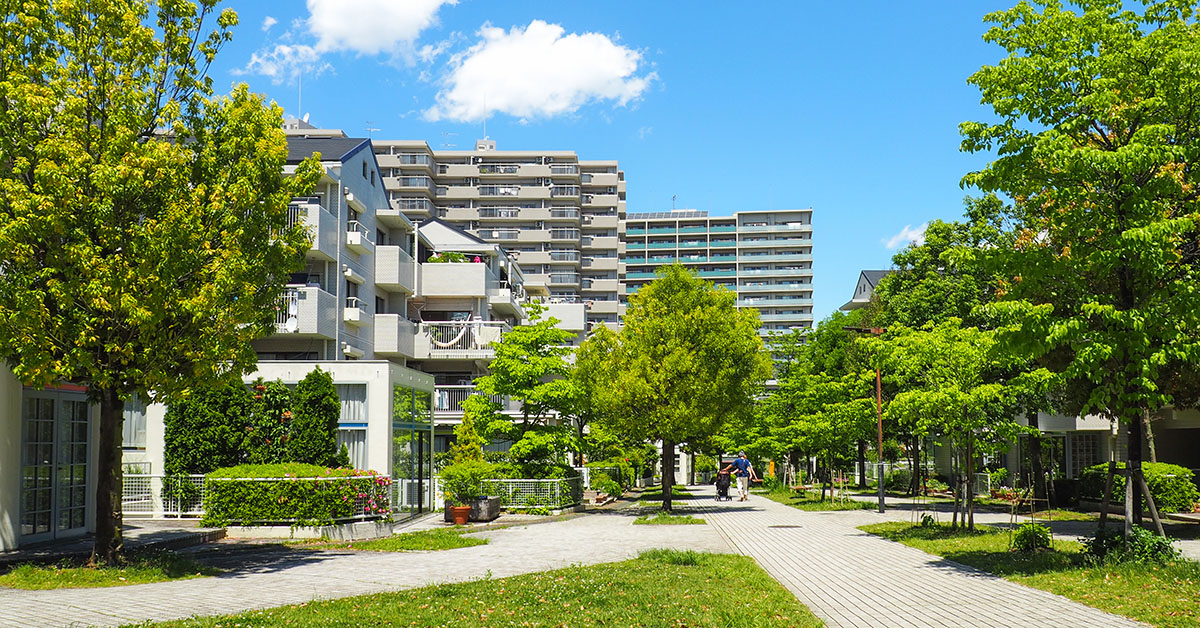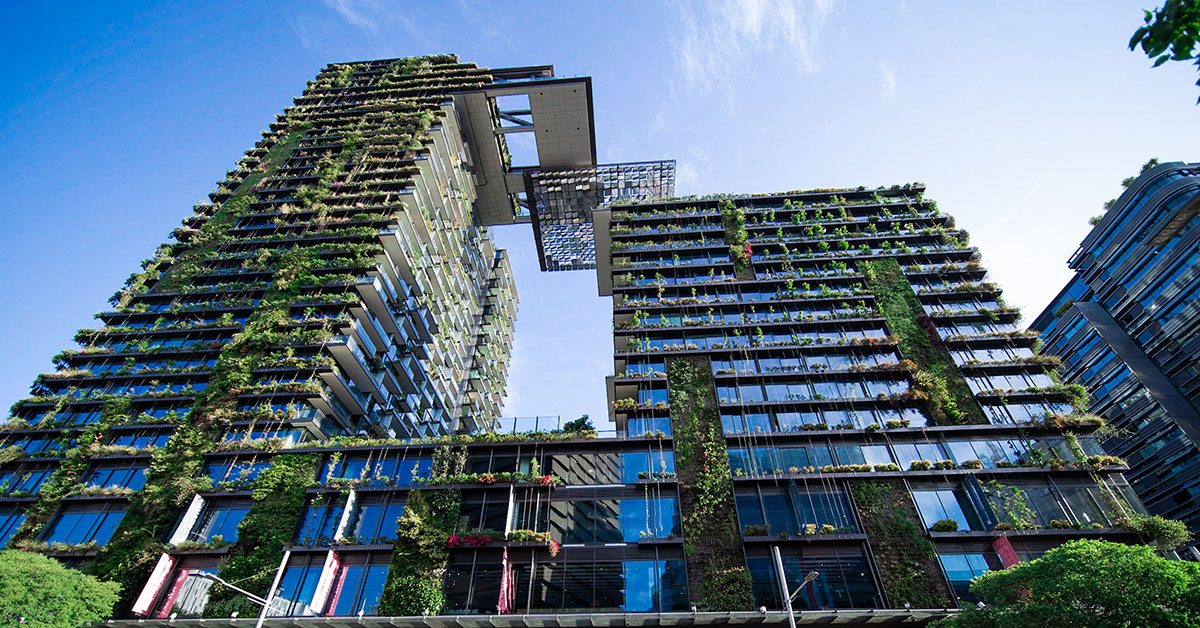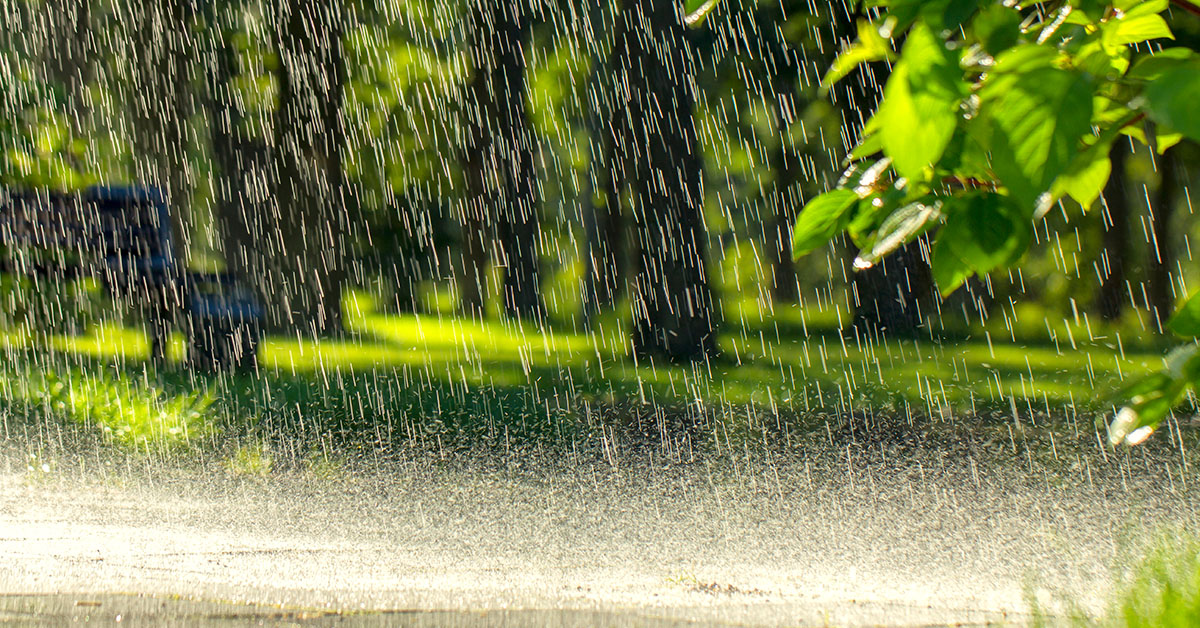Sustainable Real Estate through Biodiversity
Biodiversity protection is another important aspect in sustainability real estate. Moreover, it relates to climate risk management in a positive way. How does the connection look like and how important is it in the real estate industry? Why should investor pay closer attention to biodiversity? Linde Kattenberg, PhD Candidate at Finance, School of Business and Economics, Maastricht University, discuss them all in this article.
Benefits of biodiversity major driver of economic value
The focus of the impact of the building sector on the environment is usually on its contribution to CO2 emissions during the construction and operation of a property. However, there is another critical aspect to consider, which is the impact of the built environment on biodiversity loss. The benefits of biodiversity are seen as a major driver of economic value by the World Economic Forum, with around half of the World’s GDP moderately or highly dependent upon nature (WEF, 2020). Worldwide, land and sea use change stands as the primary driver of biodiversity decline (UN, 2022). Therefore, as more attention is given to the measurement and the enhancement of biodiversity, it will also assume greater significance for real estate investment decisions.
Biodiversity as a major driver of economic value
Natural resources are an important factor in the built environment, for instance through the provision of clean air and water, and the materials that are required for construction. The real estate sector has a large impact on biodiversity, for example, by overexploiting resources, taking the natural habitat of species, and emitting pollutants through construction and building operations (USGBC, 2023).
Catalyst in achieving net zero ambitions and climate risk mitigation
Including biodiversity considerations in real estate development can also contribute to reaching net zero emission goals. So-called nature-based solutions can be deployed to reduce emission reductions. Examples in the built environment are, among others, green roofs and walls or creating green spaces. The Urban Land Institute estimates that out of all emission reductions needed to reach the net zero goals, 30% can be achieved through nature-based solutions (ULI, 2022). Incorporating nature-based solutions into buildings is therefore a viable strategy for reaching net zero goals. Investors will want to consider physical risks alongside transition risks in their strategies and there are nature-based solutions that can reduce the impact of extreme weather, such as improving drainage systems around buildings and using green roofs and walls.
Navigating the regulatory landscape
Governments and regulatory bodies are becoming increasingly aware of the importance of biodiversity conservation. This awareness is translating into stricter regulations and legal requirements for real estate development. For instance, the EU aims to achieve “no net land take” by 2050, with a deadline of 2030 for green urban spaces. This means that any land converted for building projects, such as agricultural, forest, semi-natural, or natural land, must be compensated by returning an equivalent area of green space (de L’Estoile et al, 2023). Similarly, in the UK, the concept of “biodiversity net gain” requires that new developments enhance ecosystems by 10% compared to the previous state. Another type of requirement is an Environmental Impact Assessment requiring a thorough report examining the impact that a new development has on the surroundings before construction, required in, for instance, Vietnam and Singapore. Consequently, investors ignoring biodiversity impacts may find themselves facing legal challenges or costly mitigation measures due to breaches of environmental legislation.
Therefore, incorporating biodiversity considerations into their investment decisions, can prevent costly legal battles for real estate investors and position them as responsible agents of the environment. This not only safeguards their investment but also aligns investors with societal attitudes towards sustainability and conservation.
Increased value from biodiversity investment
There are multiple ways in which investments in biodiversity improvements can boost property values. For instance, the conservation of green spaces around a building can be seen as an additional amenity. This type of amenity can have a direct positive effect on real estate values (McCord et al., 2014, Wu et al., 2015, Crompton et al., 2020). Additionally, biodiversity factors are included in building certifications like LEED and BREEAM, with additional points achieved through measures like promoting land protection and improving the biodiversity of an area. Research confirms that these labels can increase property values and rents (Eichholtz et al., 2010, Fuerst and van de Wetering, 2015).
In an era where environmental consciousness is shaping consumer preferences, regulatory frameworks, and investment trends, real estate investors have much to gain by prioritizing biodiversity. Preserving natural assets, complying with regulations, getting closer to their net zero emission targets, and enhancing property resilience are just a few of the benefits for investors. By embracing biodiversity as a fundamental aspect of their investment strategy, real estate investors can secure long-term value, contribute to environmental conservation, and position themselves as leaders in climate change mitigation.
Call upon investors to collaborate and achieve real-world impact
GREEN is a not-for-profit collaborative engagement initiative for institutional investors, focusing on reducing climate risk in the real estate industry. GREEN members acknowledge the importance of collaboration to initiate change and maximize impact. We, therefore, call upon other institutional investors to join GREEN and work together towards a Paris-aligned real estate sector. Check the investor statement for more information.
Disclaimer
The views presented in this article reflect the views of the GREEN Secretariat but do not necessarily represent those of the individual GREEN members.






